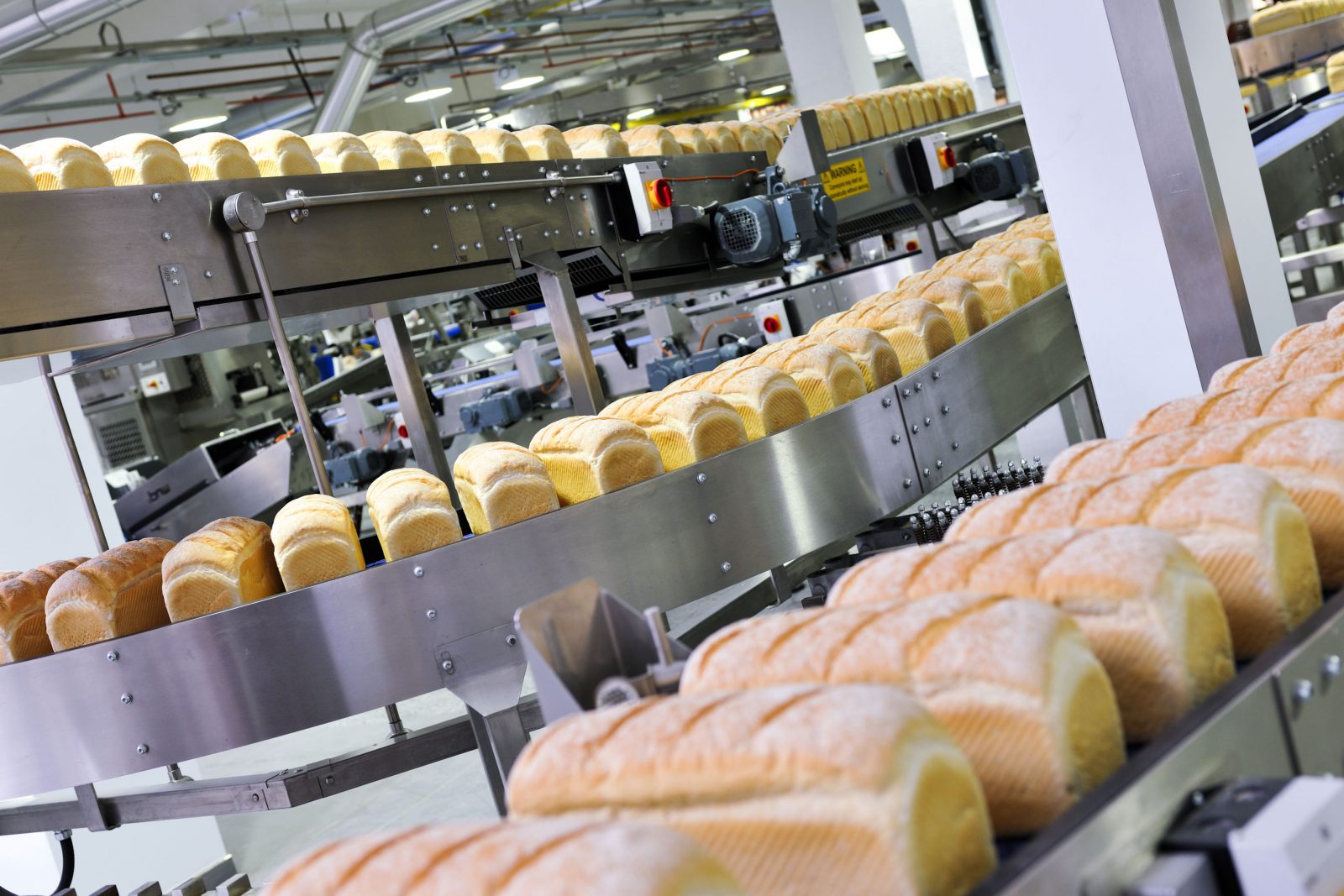Ingredients
The principal ingredients in all bread are:
- Flour
- Yeast
- Salt
- Water.
The principal ingredients in all bread are:

Wheat is grown in many parts of the world. However, flour made from `hard` wheats such as those produced in North America is higher in protein/gluten. Hard and soft wheats in milling terms are equivalent to strong and weak flours in baking. For more information on gluten please refer to our Factsheet on Gluten.
Wheat flour is the key ingredient in most breads. Flour quality is particularly important in breadmaking as the quality of the flour will have a significant impact on the finished product.
When flour is moistened and stirred, beaten or kneaded, gluten develops to give dough `stretch`. The elastic framework of gluten holds the gas produced by the fermentation action of yeast.
In a year of good harvest a bread grist may consist of 80% or more of home grown wheat. This trend is likely to continue with advances in wheat breeding and technology. However, home grown wheat is not always strong enough to be used in all varieties of bread and baked products and there is no likelihood at the moment of this country being able to do without some imported wheat for breadmaking. Currently about 800,000 – 1,000,000 tonnes of wheat is imported for breadmaking, mostly from North America.
Yeast requires moisture, food and warmth for growth. When these requirements are satisfied, the yeast grows. Its function in breadmaking is to:
Salt is an essential ingredient in bread. It is used in very small amounts to give bread flavour. It also helps to strengthen the gluten and help fermentation to produce bread of good volume and texture.
Water is used to produce the dough. It is important that the correct quantity of water is used when making bread because it affects the dispersal of the other ingredients.
For further information on how bread is made, UK legislation, production methods and how a plant bakery works please download our Consumer Factsheet No. 7 How bread is made.